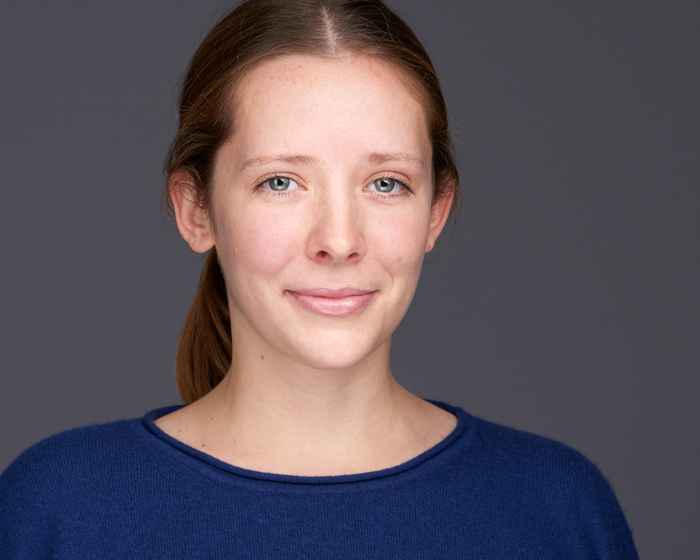Vossius Research Fellow: Anabel Harisch
2 October 2024

About the project
For a long time, the reconstruction of the past was the field of classical historical disciplines, but in view of the earliest period of humankind these disciplines’ text-based approach reached its limits. By the mid-19th century, at the latest, natural scientists increasingly contributed to this subject by studying human remains and material objects with methods and approaches that had proven successful in natural history research. This fundamentally changed the field.
The rise of the geological time scale was crucial for this turn to the “prehistory of man”: it turned out that humankind was much older than previously assumed. Another important factor was the rise of the theory of evolution, which gave reason to question the immutability of nature and humans, and investigate prehistoric environments. How did prehistoric humans live their lives? Which settings were found habitable, and how did all of this change over time? Geologists, zoologists, and other natural scientists became increasingly fascinated by these questions. This shift towards the sciences regarding the field’s research questions and methodology was already reflected at the time. In his “Urgeschichte der Menschheit” (1897) (Prehistory of Humankind), the archaeologist Moritz Hoernes from Vienna proclaimed a new era of prehistoric research for the period from 1860 onwards, in view of its integration of methods from geology and paleontology. It was not a takeover of the field, however, Hoernes wrote, but rather a fusion of different kinds of expertise, as historians and archaeologists were actively participating in these scientific excavations.
In my project I will analyze the development of this “new” prehistoric archaeology – in German: “Urgeschichte” – across different academic cultures, and at the intersection of sciences and humanities, during the second half of the 19th century. I will focus on three projects and networks that exemplify different contexts in which the new prehistory was practiced, namely at academies, universities, and museums; and they feature protagonists with very different disciplinary backgrounds.
All three were part of overlapping networks and societies that included other scholars from a variety of disciplines but also a large community of amateur archeologists who eagerly contributed their findings and assessments. The approaches were manifold: zoologists determined animal bones, botanists classified plant remains, chemists made statements about the components and production processes of objects made of glass, ceramics and metal. Yet, they also tried to include philological and historical materials into their projects.
I am particularly interested in how the scientific practices, methodologies, and research questions were negotiated at the interface of so many disciplines; yet I will also investigate the social practices of the field: how archaeologically engaged naturalists tried, and sometimes succeeded, in cooperating with traditional archaeologists, historians and philologists. By this means, I hope to contribute to a better understanding of prehistory in the 19th century, as one of the many new fields that were not confined to only one of the different “cultures” in European academia.
About the resreacher
Anabel Harisch studied history and archaeology at the Ludwig-Maximilians-Universität in Munich. She is currently a PhD candidate at the chair of history of science in Munich, her doctoral research explores prehistoric studies in the 19th century, focusing on the ways early researchers approached and interpreted the deep past. Her research interests span the history of archaeology, methodological development, and the transformation of research practices.